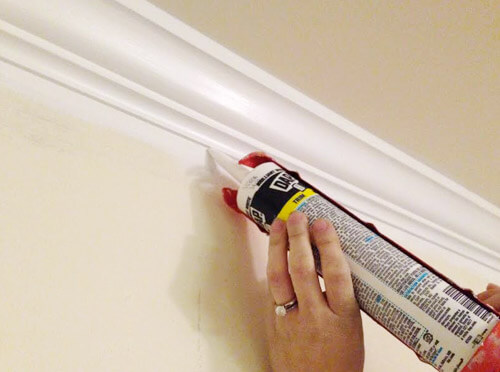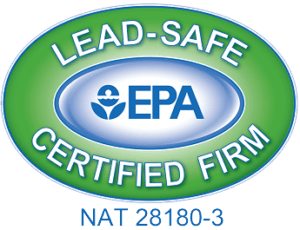A historic homeowner in Chicago has reached out to us twice now for some expert advice after receiving conflicting advice from contractors in his area.
His most recent question follows;
Hello Nigel,
This is James from Chicago. You may not remember me but you were very helpful in talking to me over this past summer … I had some questions for you regarding materials and best practices, and I greatly appreciated your input.
So, my house has not been painted yet, because the carpentry repairs took much longer than expected. I had a whole porch built, as well as a lot of window trims replaced, so it was a bit of a project.
All the carpentry was done with primed clear cedar (all 6 sides) … by a really good carpenter.
My questions for you are …
– Should I have all this carpentry caulked up (the windows are already done, but not the porch/other trim) before winter, or can it wait til next spring? I’m having a hard time finding someone who wants to come out just to do some spot caulking .. which makes sense .. and I’m just wondering if it will be O.K. for a winter. I obviously want to protect my new carpentry, but getting this done is proving difficult.
– I’ve had various opinions from painters about what type of caulk to use. The carpenter caulked my windows with NP1 caulk (a polyurethane) … and I’ve had other painters agree that polyurethane is the best to use in this climate. However, others have said that a siliconized acrylic is a better choice. Obviously I realize that an acrylic is much easier to work with so I’m skeptical about painters who recommend that. Still one other suggested using a product called Solar Seal 900 .. which is a terpolymer .. and paintable. So its confusing
Thanks for any help you can give me, I really do appreciate your insight.
I’m always a sucker for questions like these so I put on my expert hat and offered the following advice;
Hello James,
Happy to be of assistance again.
Caulking is ideal even with fully primed trim in place.
Acrylic or latex caulks are typically overwhelmed by the contraction presented by northern winters; it also becomes brittle with age….
Solar Seal – never heard of it and a quick web search leads to a high performance glazing product – wood behaves very differently than glass so keep looking …
Polyurethane – carpenters like this product for its ancillary adhesive qualities; it is outperformed by silicone as it degrades over time….
Silicone – the most flexible of caulks; typically unpaintable but GE has a useful product;
http://www.caulkyourhome.com/ge-silicone-II-paintable-silicone.php.
GE Silicone II Paintable Silicone Is Rain-Ready in Three Hours
GE Silicone II Paintable Silicone is rain-ready in three hours, and can be painted in thirty minutes.
Read more here…(hyperlink removed)
GE, like 3M, gets my vote every time. Heavy on research and product development, market leaders; big enough not to care to compete with the market disrupters who typically try to undersell by presenting a mediocre substitute.
If you let the caulk overwinter simply make sure it is cleaned of mildew spores before painting next year.
I hope this is helpful,
Nigel
Its nice to have the opportunity to let my paint nerd out – thank you James!
If you’re a homeowner living in Greater Boston, we invite you to learn more about our painting and restoration services.



